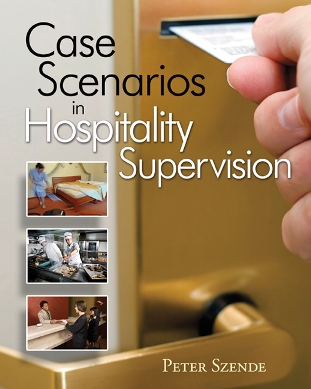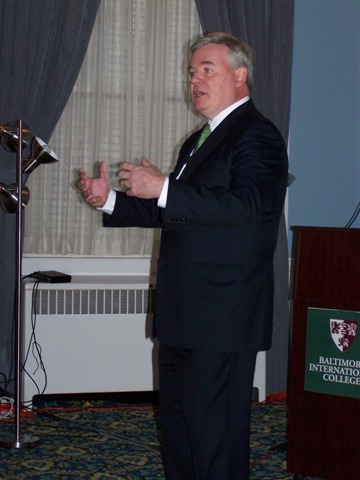Using Case Studies to Bridge the Gap between Classroom and Industry
By Samuel Glass, M.Ed., CEC, CCE, AAC
 One of the more unique benefits of using case studies in teaching is the “investment of mental energy,” which ultimately results in enhancing critical-thinking skills.
One of the more unique benefits of using case studies in teaching is the “investment of mental energy,” which ultimately results in enhancing critical-thinking skills.
As an educator, I have found that too often there is a perceived difference between the theory being taught in the classroom and the reality of industry. One way to address that gap is the use of case studies. In using case studies, the lessons learned from reality can be used as part of a theoretical approach to learning that focuses not only on the concept of learning from mistakes, but the application of best practices, as well.
Dr. Peter Szende, from Boston University, is the author of Case Scenarios in Hospitality Supervision (Delmar Cengage Learning, 2010). At the recent CAFÉ Leadership Conference, Szende facilitated a breakout session titled “Using Case Studies to Bridge the Gap between Classroom and Industry” in support of his recently published book. The book is based on the journaling of his experiences and personal challenges during his hospitality career prior to academia.

 Berries, now available year-round, are the largest-selling item in the produce department of grocery stores, and the tomato category has been transformed by newly introduced varieties and innovations in packaging. And then there’s “living” lettuce.
Berries, now available year-round, are the largest-selling item in the produce department of grocery stores, and the tomato category has been transformed by newly introduced varieties and innovations in packaging. And then there’s “living” lettuce. At CAFÉ’s 2010 Leadership Conference, the president of The Culinary Institute of America revealed a food democracy afoot: an endless variety of great foods served quickly, anywhere, anytime to anyone.
At CAFÉ’s 2010 Leadership Conference, the president of The Culinary Institute of America revealed a food democracy afoot: an endless variety of great foods served quickly, anywhere, anytime to anyone. Technology Center of DuPage wins the second-annual CAFÉ/Kendall Green Award.
Technology Center of DuPage wins the second-annual CAFÉ/Kendall Green Award. The task of departmental leaders involves educating faculty members in the need for change and in the changes to be undertaken. As part of that process, it can be helpful to try out new ideas.
The task of departmental leaders involves educating faculty members in the need for change and in the changes to be undertaken. As part of that process, it can be helpful to try out new ideas. Jamie Oliver's "Food Revolution" treats a serious subject, but turns it into reality-show spectacle.
Jamie Oliver's "Food Revolution" treats a serious subject, but turns it into reality-show spectacle.